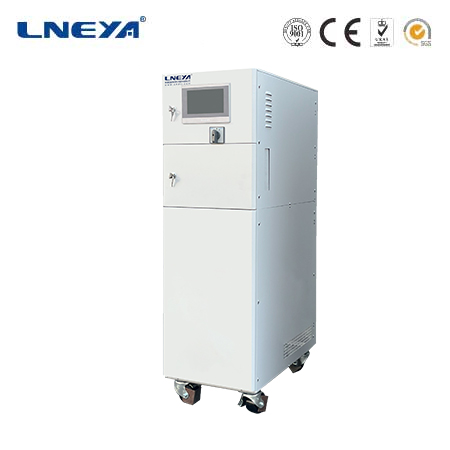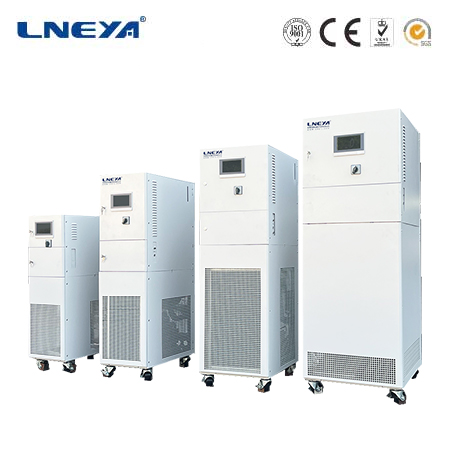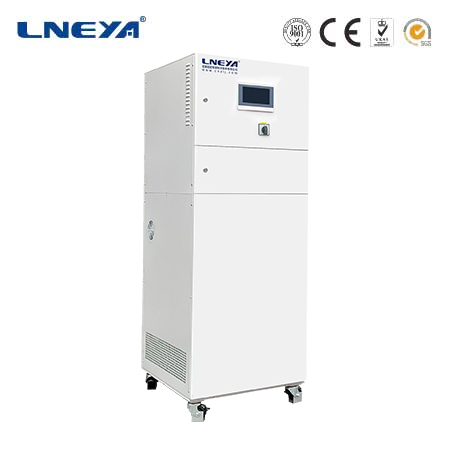heating and cooling machine
Heating and Cooling Machines: Comfort and Efficiency for Every Space
Heating and cooling machines are the backbone of thermal comfort in various environments. These systems, also known as HVAC systems, work to maintain optimal temperatures and humidity levels, ensuring the well-being and productivity of occupants in residential, commercial, and industrial settings. This article delves into the workings, efficiency, applications, and advancements in heating and cooling machines.

How Heating and Cooling Machines Work
Heating and cooling machines operate on the principle of transferring thermal energy from one location to another. In heating mode, the system absorbs heat from a warm area (like the outdoors) and releases it indoors. In cooling mode, the process is reversed; the system absorbs heat from indoors and releases it outside.
The basic components of an HVAC system include:
Air Handling Unit (AHU): This unit contains the blower, heating and cooling coils, and filters. It circulates air throughout the space.
Condenser: The outdoor unit that releases heat absorbed from the indoor air to the outdoors.
Expansion Valve: Regulates the flow of refrigerant to the evaporator coil.
Evaporator Coil: Absorbs heat from the indoor air as the refrigerant evaporates.

Compressor: Increases the pressure and temperature of the refrigerant, allowing it to give up its heat.
Efficiency and Advanced Features
Modern heating and cooling machines are designed with energy efficiency in mind:
Variable Speed Drives (VSDs): These allow the compressor and fan motors to operate at variable speeds, adjusting to the system’s demand and saving energy.
Smart Thermostats: Offer programmable settings and can learn user preferences to optimize energy use.
Heat Recovery Ventilation (HRV): Systems recover heat from exhaust air and use it to precondition incoming fresh air, reducing the load on the HVAC system.
Applications of Heating and Cooling Machines
Heating and cooling machines are ubiquitous:
Residential Buildings: They provide comfort and maintain indoor air quality in homes.
Commercial Spaces: Offices, malls, hotels, and other commercial buildings rely on these systems for thermal comfort and energy efficiency.
Industrial Processes: In factories and production facilities, HVAC systems maintain precise temperature and humidity levels for process control and worker comfort.
Market Trends and Innovations

The market for heating and cooling machines is evolving with several key trends:
Sustainability: There is a growing focus on energy efficiency and the use of environmentally friendly refrigerants with low Global Warming Potential (GWP).
Smart Technology: Integration of IoT and AI is enabling remote monitoring, predictive maintenance, and automatic adjustments for optimal performance.
Hybrid Systems: Development of systems that combine heating and cooling with renewable energy sources, such as solar thermal or geothermal energy, for enhanced sustainability and efficiency.
Conclusion
Heating and cooling machines are essential for maintaining thermal comfort and indoor air quality in various settings. As technology advances, these systems are becoming more efficient, sustainable, and intelligent. The focus on energy efficiency, the use of low GWP refrigerants, and the integration of smart technology are driving the market towards innovative solutions that meet the diverse needs of modern facilities while reducing their environmental impact.
Related recommendations
chiller system working
404Understanding the Working of Chiller Systems Chiller systems are an essential part of modern heating, ventilation, and air conditioning (HVAC) infrastructure, providing cooling to commercial bu...
View details60 ton air cooled chiller
65460 Ton Air-Cooled Chiller: Medium-Scale Cooling Solutions for Commercial and Industrial Applications A 60-ton air-cooled chiller is an essential piece of HVAC equipment capable of managing sign...
View detailschilled pump
489Chilled Pumps: Ensuring Efficient HVAC System Performance Chilled pumps play a critical role in heating, ventilation, and air conditioning (HVAC) systems by circulating chilled water to cool bu...
View details3 ton chiller price
444Investigating the cost of a 3-ton chiller reveals a complex landscape influenced by various factors, including the chiller's type, efficiency, additional features, and market trends. This article ...
View details
 LNEYA Thermal Test Chillers
LNEYA Thermal Test Chillers





HelloPlease log in